Fire Safety on Board
Safety equipment from our partner SVB
Fire is the greatest danger on boats! Ole Pietschke from Pantaenius presents a selection of equipment to prevent or extinguish fires on board and gives tips on how to use it.
In the event of a fire at sea, there is only one way to escape: get off the boat. Moreover, space on recreational boats is usually very limited. This means that the crew must be able to fight a fire on board very quickly and effectively.

This does not necessarily mean that a lot of equipment is needed. But it must do the job well, because you may only have one chance! Here we present the most important items, provide tips and give examples, which can be obtained from our partner SVB.
Fire Blanket
A fire blanket should be part of the standard equipment on board. It is used to smother flames by covering them. For example, if fat catches fire in a pan, water would be the wrong extinguishing agent. Ideally, a fire blanket should be kept close to the stove.
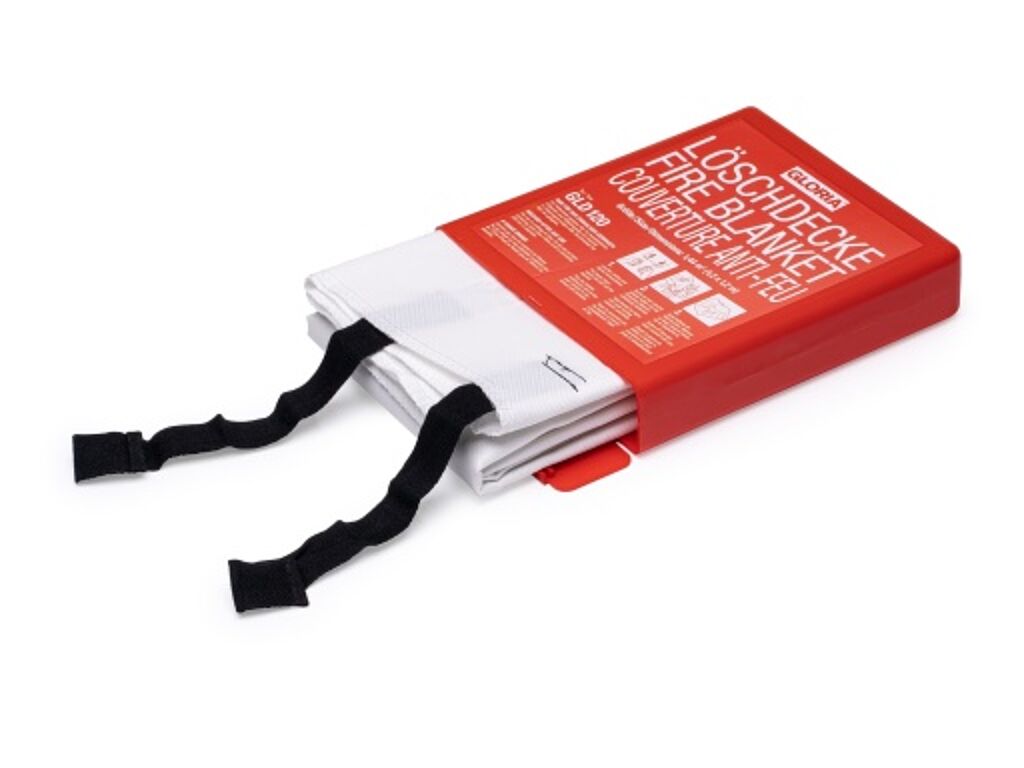
Synthetic fibre blankets or sleeping bags that are lying around should not be used to put out fires. They ignite quickly and their material melts and sticks to the skin. The GLD 120 fire blanket from Bavaria, for example, is made of silicone-coated glass fibre fabric and is approved for this purpose.
Foam Extinguisher
Every ship should have fire extinguishers on board. These should be easily accessible and of a sufficient size. The number and size will depend on the boat. The distance to the nearest extinguisher must never be too great. Fire extinguishers at the companionway and at the bunk are advisable.
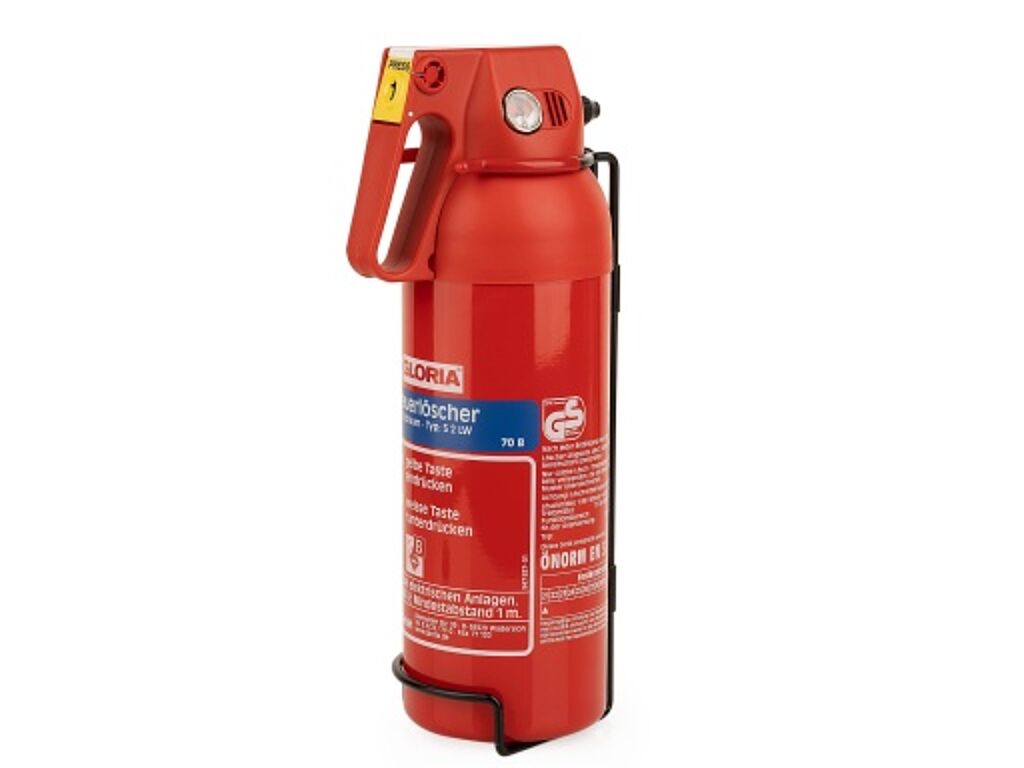
Foam extinguishers for fire class A and B are particularly suitable, such as the S2LW foam fire extinguisher from Gloria.
Smoke Detectors
While smoke detectors are mandatory in the home, their installation on board is optional. Nevertheless, you should definitely equip your boat with them as a precaution. A full-blown fire is much more difficult to extinguish than a fire in its early stages. A smoke detector can give you the necessary head start. These compact devices provide a reliable warning as soon as smoke starts to develop.
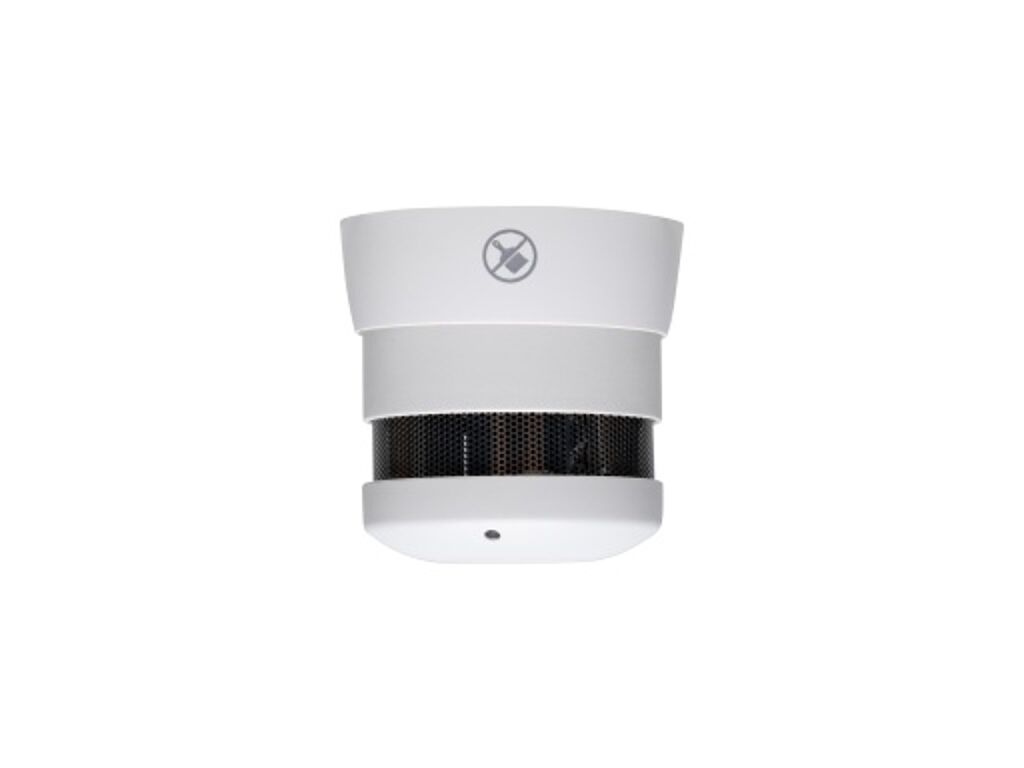
With a diameter of 40 millimetres and a height of 42 millimetres, the Cavius smoke detector by Bavaria, for example, is considerably smaller than most standard household products. his means that even in the limited space on board, there is still room for it.
CO2 Fire Extinguisher
The extinguishing agent carbon dioxide (CO2) is used for Class B fires involving liquid flammable substances and flammable gases. Carbon dioxide is a residue-free extinguishing agent and has a smothering effect on the fire. It is particularly suitable for engine compartment and electrical fires.
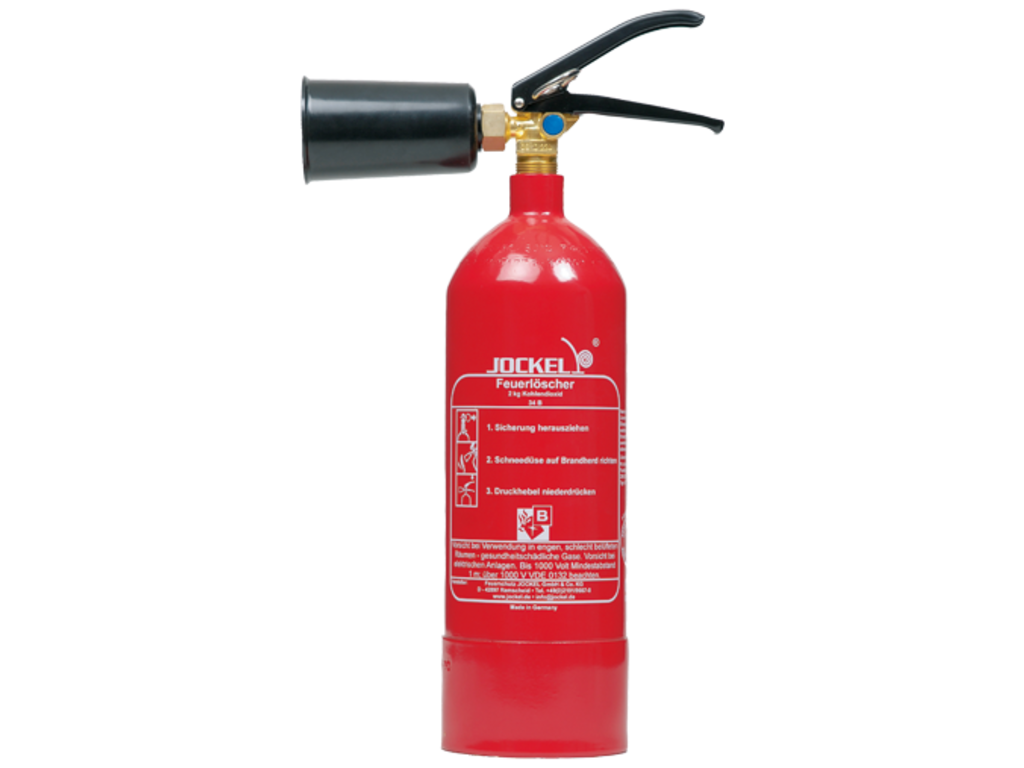
But beware: Special care must be taken when using carbon dioxide as an extinguishing agent. There is a risk of suffocation if used in enclosed spaces. The 2-litre CO2 fire extinguisher from Jockel, for example, is a good choice - ideally when used with a fire extinguishing access.
Engine Compartment Extinguishing Access
In the event of a fire in the engine compartment, the hatch must never be opened to extinguish the fire. The high oxygen supply would only fuel the fire even more. A special access for the fire extinguisher is the solution. This makes it possible to extinguish the fire in the engine compartment from the outside.
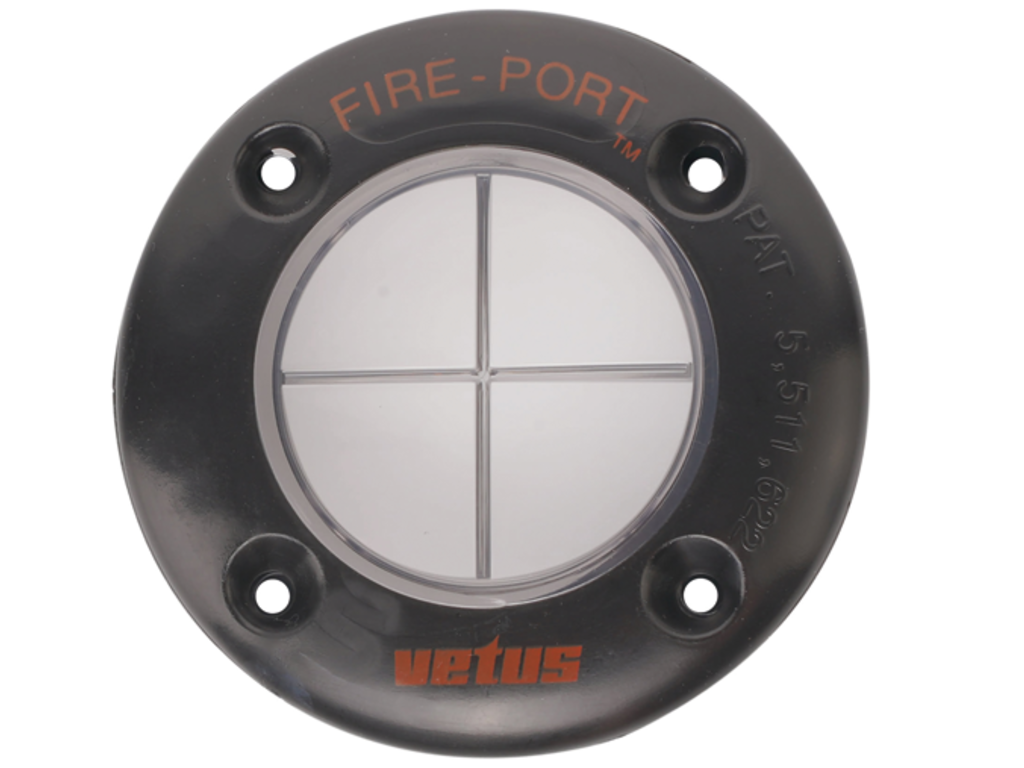
The fire extinguisher nozzle or hose can be safely inserted through the access. This allows the fire to be extinguished from the outside without increasing the oxygen supply. An example is the fire extinguisher access from Vetus.
